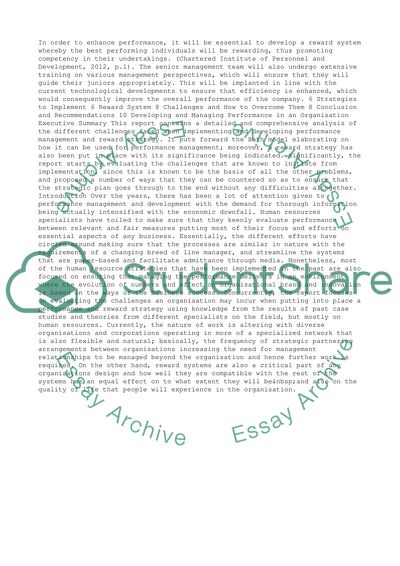Cite this document
(Developing and Managing Performance in an Organisation Research Paper, n.d.)
Developing and Managing Performance in an Organisation Research Paper. Retrieved from https://studentshare.org/management/1496348-developing-and-managing-performance-organisation
Developing and Managing Performance in an Organisation Research Paper. Retrieved from https://studentshare.org/management/1496348-developing-and-managing-performance-organisation
(Developing and Managing Performance in an Organisation Research Paper)
Developing and Managing Performance in an Organisation Research Paper. https://studentshare.org/management/1496348-developing-and-managing-performance-organisation.
Developing and Managing Performance in an Organisation Research Paper. https://studentshare.org/management/1496348-developing-and-managing-performance-organisation.
“Developing and Managing Performance in an Organisation Research Paper”, n.d. https://studentshare.org/management/1496348-developing-and-managing-performance-organisation.


